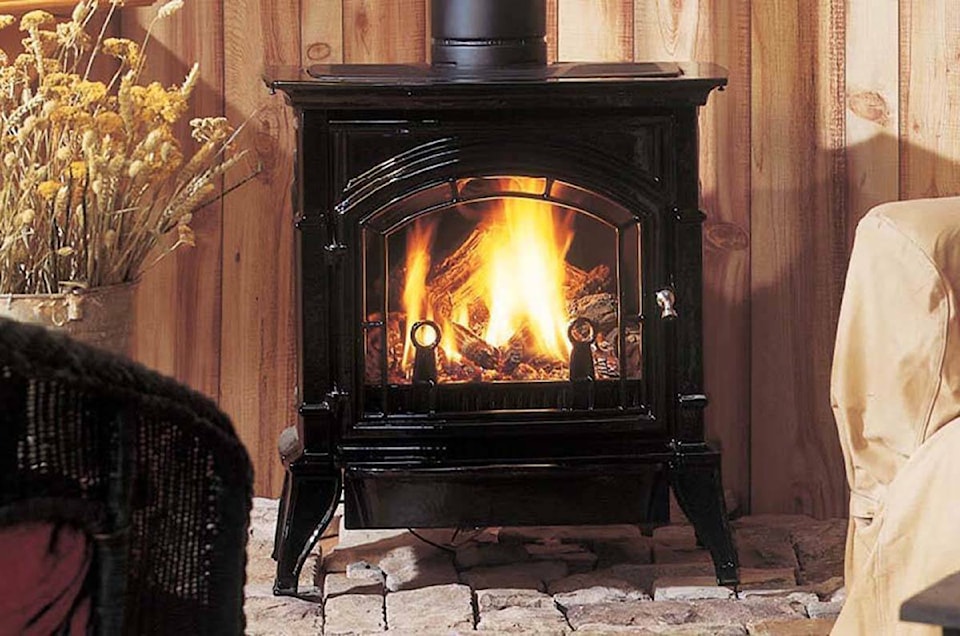Medical Health Officer Dr. Charmaine Enns and Tarek Ayache, air quality meteorologist with the Ministry of Environment, updated the regional district board about the Airshed Roundtable, which explores ways to improve air quality in the Comox Valley.
“We live in a valley,” Enns said at the Sept. 20 meeting. “And the valley, by the nature of being a valley, adds to the challenge of air through the topography and weather. It’s just the reality of where we live.”
Since we can’t change nature, Enns said we need strategies to improve air quality — such as the Wood Smoke Reduction Strategy that guides action to reduce fine particulate matter (PM 2.5) generated through wood burning.
A few years back, Courtenay had been considered a red community, meaning PM 2.5 levels were above acceptable limits. From the latest air zone reporting, the city had dropped to the orange level, meaning concentrations are not far below acceptable limits.
“Action is still needed to lower concentrations even further,” Ayache said.
Low-cost monitors are vital for capturing spatial woodsmoke impacts, identifying hot spots and gauging effects of airshed management actions, he added.
Courtenay director Doug Hillian was surprised to hear the CVRD has not been using PurpleAir monitors that are widely used for PM 2.5. Ayache said local governments need a partner to initiate a monitoring program.
Immigrant Welcome Centre
The Immigrant Welcome Centre envisions a North Island region that embraces diversity and inclusivity, engages with cultures, and that makes newcomers feel welcome, safe and respected.
The Welcoming Communities Coalition (WCC) identifies barriers facing newcomers in the Comox Valley and Campbell River, and raises awareness around their needs. Multiculturalism Week in B.C. in the third week of November is one way of promoting cultural diversity and sensitivity.
From 2021-2023, Canada expects to welcome more than 1.2 million new immigrants.
“This doesn’t include our Ukrainian displaced people, or any refugees that are happening at the moment,” said WCC co-ordinator Julie Keumbehdjian.
For 2021/22, 874 clients settled in the North Island. The Philippines was the top country of client origin.
“As of today, we’ve seen 97 displaced Ukrainian refugees,” Keumbehdjian said, adding many are educated and ready to work but face credential barriers. Federal support is needed, but she said language is the biggest barrier to employment.
“We need employers to be flexible,” she said. “And we just need some empathy.”
Keumbehdjian asked the CVRD to follow Courtenay’s lead by becoming a member of the WCC.
www.immigrantwelcome.ca
4VI
Brian Cant of 4VI, formerly Tourism Vancouver Island, spoke about a new purpose and direction for the organization.
“Our role has evolved, from promotion marketing to destination management,” Cant said in a presentation.
4VI recently formed as a social enterprise, defined as a revenue-generating organization that aims to have a positive social impact.
“We’re in business to ensure that travel is a force for good for Vancouver Island — forever,” Cant said.
reporter@comoxvalleyrecord.com
Like us on Facebook and follow us on Twitter
